Suicide Squad: Kill The Justice League on PlayStation 5
Batman: Arkham City is my favorite game of all time. Never before had a licensed game felt so refined with its taut story, fluid combat, and incredible set pieces. I often go back to it as a reminder of just how special the game is, from its opening sequence where you walk as Bruce Wayne into Arkham City, to the surprisingly emotional ending.
Since that game released 13 years ago, it’s been a somewhat turbulent period for developer Rocksteady Studios. Arkham Knight followed in 2015, upping the ante with next-gen visuals and a driveable Batmobile. It was a hugely fun game that may not have been as finely tuned as its two Arkham predecessors but was a satisfying, if bloated, conclusion nonetheless.
Then, things went quiet. Rumors constantly cropped up of Rocksteady helming a solo Superman game, but five years passed with no news on the future of the Arkham universe until the first cinematic trailer for Suicide Squad: Kill the Justice League launched in 2020.
Everything looked good for Suicide Squad: Kill the Justice League, until they very suddenly didn’t. Combining two delays, a rough State of Play showcase, and all the hallmarks of live-service churn, I was skeptical when diving in for this review. Is the finished product a worthy successor to Batman’s greatest video-game trilogy?
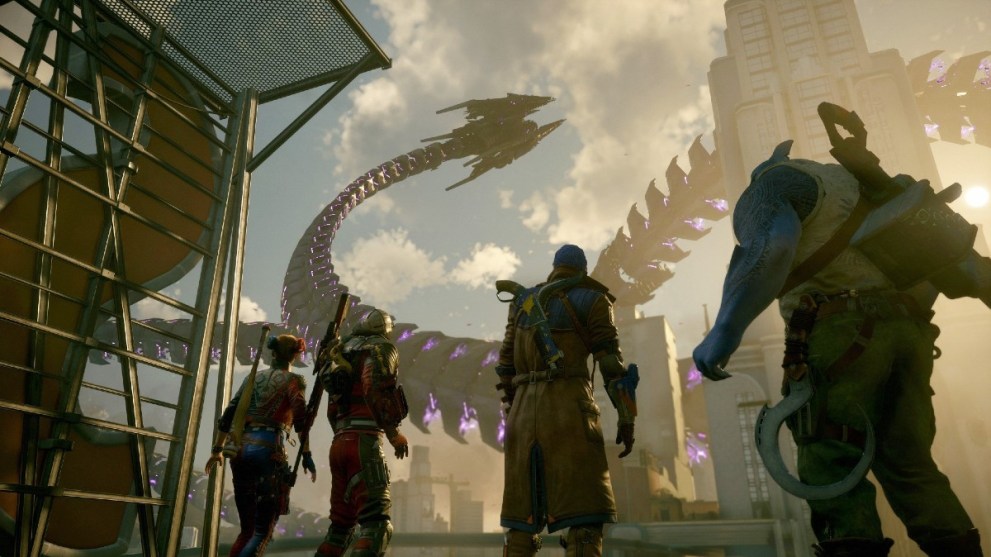
Well, in the simplest terms, Suicide Squad: Kill the Justice League is a game suffering from an identity crisis. In my time playing through the main story and dipping into endgame content, you can almost see the ‘creative differences’ between Rocksteady’s initial vision and the games-as-a-service fingerprints that were likely mandated by higher-ups in the wake of the live-service boom thanks to Fortnite’s success in 2017. It’s a game that often contradicts itself, confident as ever in its storytelling but constrained by the live-service pragmatism that leaves it feeling far less seamless than it ought to.
The premise is one that’ll be instantly familiar to anyone who has seen either of the previous Suicide Squad movies or dipped their toes into the eponymous comics. Badass ARGUS director Amanda Waller unites a team of traditionally evil characters, under threat of death, to do her bidding and save the world. This time around, of course, it’s the Justice League they’ve got to take down, after intergalactic dictator Brainiac (traditionally Superman’s big-bad) possesses our heroes.
While the ten hours or so it’ll take you to roll credits mostly dive into narrative places you’d expect to go, the story is certainly one of the game’s greatest strengths. The decision to explore this narrative route is a bold one that’s impossible not to admire. Rocksteady spent years hearing fans pine for a more expanded DC universe within the Arkham world, and opting to do so in this morally twisted way, with the Justice League as the villains, is a bold narrative choice.
I spent years hoping a Rocksteady Superman game would materialize, and while this isn’t quite what I had in mind, it’s certainly refreshing to see such starkly different takes on these heroes compared to most multimedia representations.
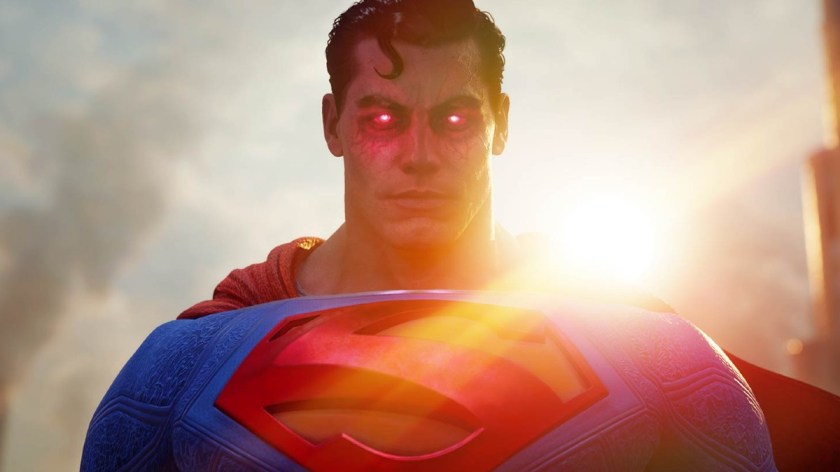
It’s the story and characters themselves that I found most endearing in Suicide Squad: Kill the Justice League. Of the four playable characters (Deadshot, Harley Quinn, King Shark, and Captain Boomerang), it was only the latter who I never warmed to throughout the campaign. Deadshot and Harley are particular highlights, given more emotional arcs than we’d seen from any version of them in previous Rocksteady games.
Yet throughout my time with Suicide Squad: Kill the Justice League, I couldn’t help but wonder whether the Arkham connection was a self-imposed shackle or not. I’d be remiss not to mention fan anger at the treatment of legacy heroes in this game, notably the late, great Kevin Conroy’s Batman, no doubt amplified precisely because this is the long-awaited Arkham successor after nearly a decade of waiting. Whether or not these fans have a right to lambast a studio for having the guts to tell a bold story is a different debate, and one in which I side with Rocksteady, but the Arkham label understandably carries a few expectations.
If this was akin to 2022’s Gotham Knights – set in its own universe and not beholden to any existing continuity – the bolder narrative swings here certainly wouldn’t have been so divisive. But for the record, I liked that Rocksteady had the confidence to go to places that other fans deem too far. Superhero media has a propensity to play it safe – the trajectory of the Marvel Cinematic Universe since 2019 puts paid to that – so I’ll never turn down a chance to see these characters given different moralities and roles from those we’re used to.
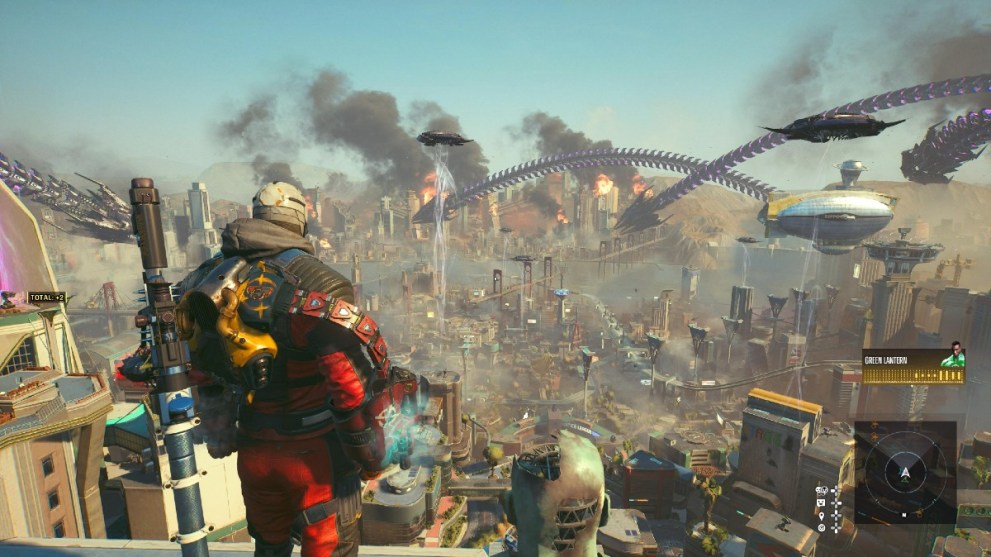
But it’s everything that surrounds the story and characters in Suicide Squad: Kill the Justice League that feels muddled. Doing away with the rhythmic melee combat of the Arkham games, this is instead a looter-shooter with a keen focus on mid-air traversal and malleability across the open-world Metropolis. It plays fine – in fact, the shooting is hugely satisfying, and traversal grew on me – but the game’s structure doesn’t harness this new approach very well.
Missions are flat-out dull, and there’s no way to sugarcoat it. In the 20 or so main story missions, they all ultimately boil down to escorting a slow-moving vehicle or killing a fixed amount of Brainiac’s copy-paste goons within a certain area. There’s nothing dynamic or captivating, never anything to take you by surprise: it’s a chore to sit through. In these moments it’s hard to believe this is the same Rocksteady that produced iconic moments like Batman attending the Joker’s party in Arkham Asylum, or breaching the courthouse to stop Two-Face in Arkham City’s opening hour. There’s nothing significant or endearing to these missions at all.
It’s no doubt down to those egregious live-service elements that feel entirely at odds with Rocksteady’s approach as a developer. Games-as-a-service work well due to the familiarity of their mission structure to long-term players, which is clearly the angle here, but it doesn’t make for enthralling gameplay. They’re quite easy to switch your brain off and blast through, but that’s not what an Arkham successor should be. I was grinding through quests not for the fun of their design or moment-to-moment gameplay, but because I cared enough about the plot and characters to want to see more.
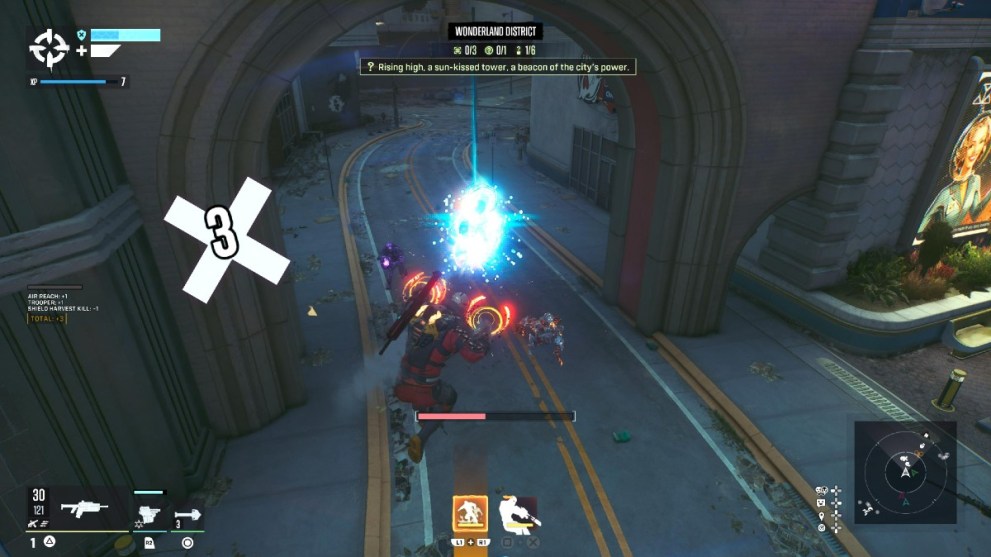
Suicide Squad: Kill the Justice League is a walking, talking contradiction. On one hand, there’s the quality expected from Rocksteady: stunning visuals across the board, well-written characters, and a desire to push the narrative boat out for comic adaptions, while on the other it’s shackled by a GaaS model that leaves you ultimately feeling unsatisfied.
I’m willing to stick around for the long run, seeing what future months and maybe years of content bring to the game, and whether it’s a better end product as a result. But Suicide Squad: Kill the Justice League feels like a game that missed the live-service boat entirely, and now pays the price as audiences no longer crave that long-tail approach. Only time will tell whether or not that gambit pays off, but for now, it’s a game of two separate forces, Rocksteady’s ethos and live-service obligations, both pulling in opposite directions.
- Plenty of bold narrative swings.
- Satisfying, mindless shooting.
- Fun writing.
- So exciting to see a broader DC Universe in Rocksteady's image.
- Boring mission design that lacks variety.
- GaaS trappings all over the place.
- Lacking the Arkham series' memorable set-pieces.
- A sense of incompleteness, relying on future updates to flesh out the experience.

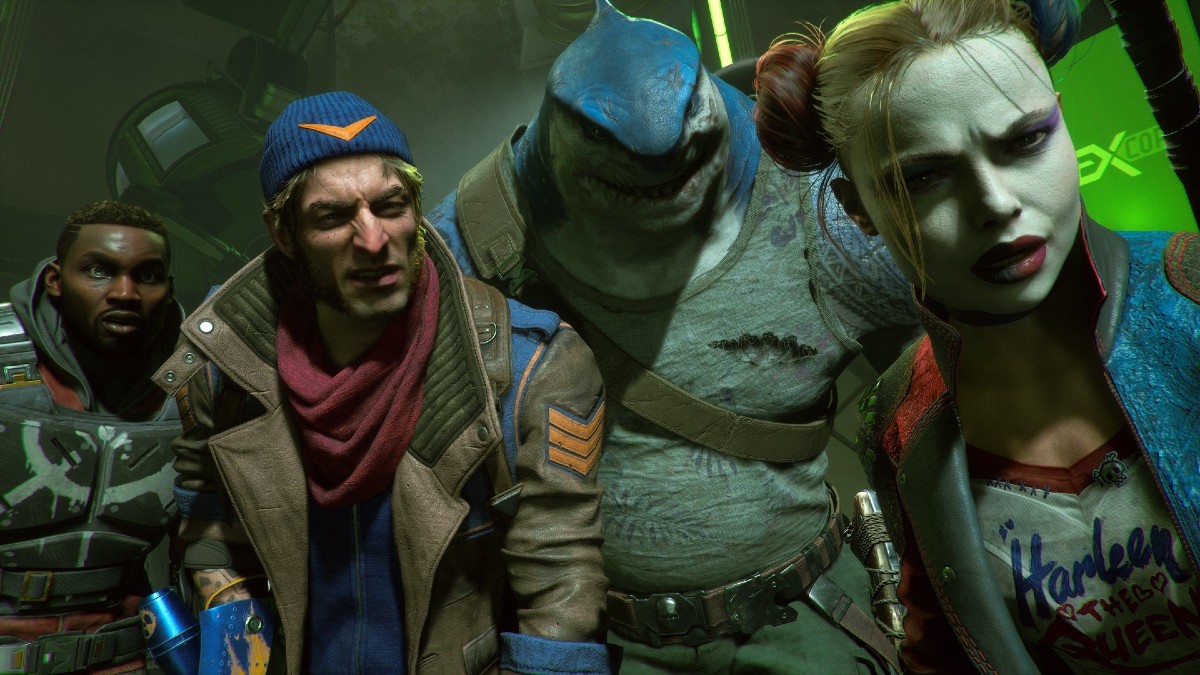











Updated: Feb 5, 2024 11:41 am